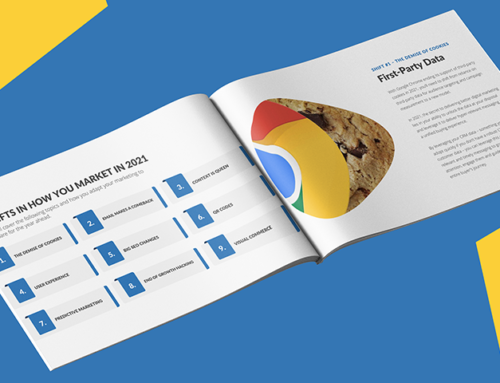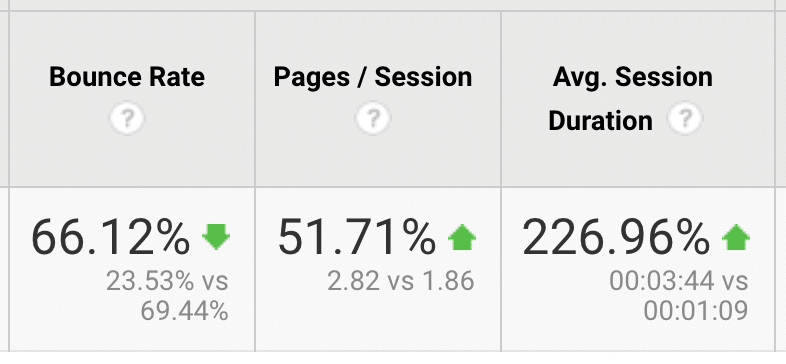
In mid-2020, a global AV company headquartered in Carmel reached out to us looking to improve their SEO and overall digital marketing efforts.
After analyzing their current website and performance data, we determined that the first step was to rebuild their website from the ground up.
That project, along with subsequent months of Search Engine Optimization proved to be very successful. We saw search engine rankings skyrocket, organic traffic exponentially increase and a surge of qualified, organic leads for the business.
Job done…right?
Wrong!
Version 1
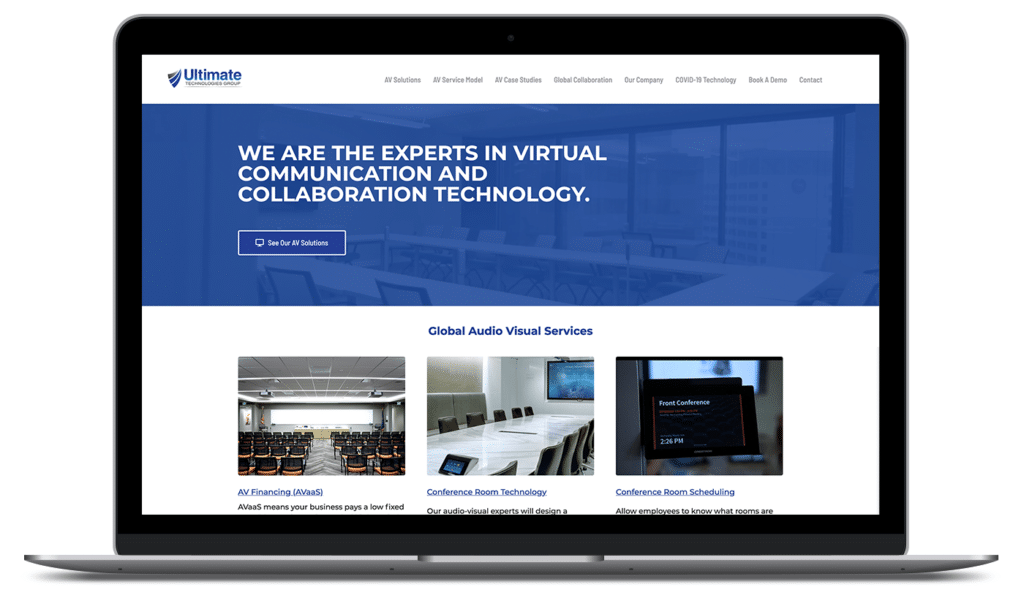
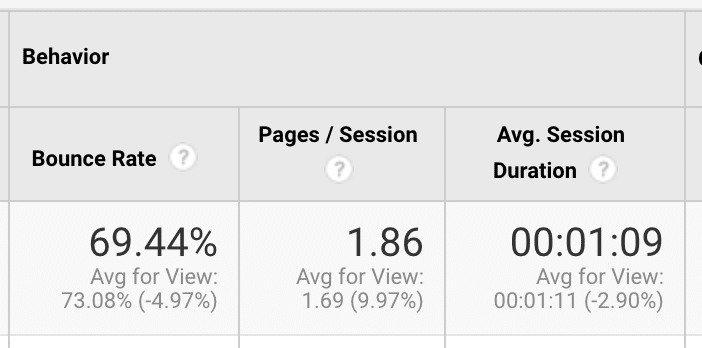
Version 2 (Current)
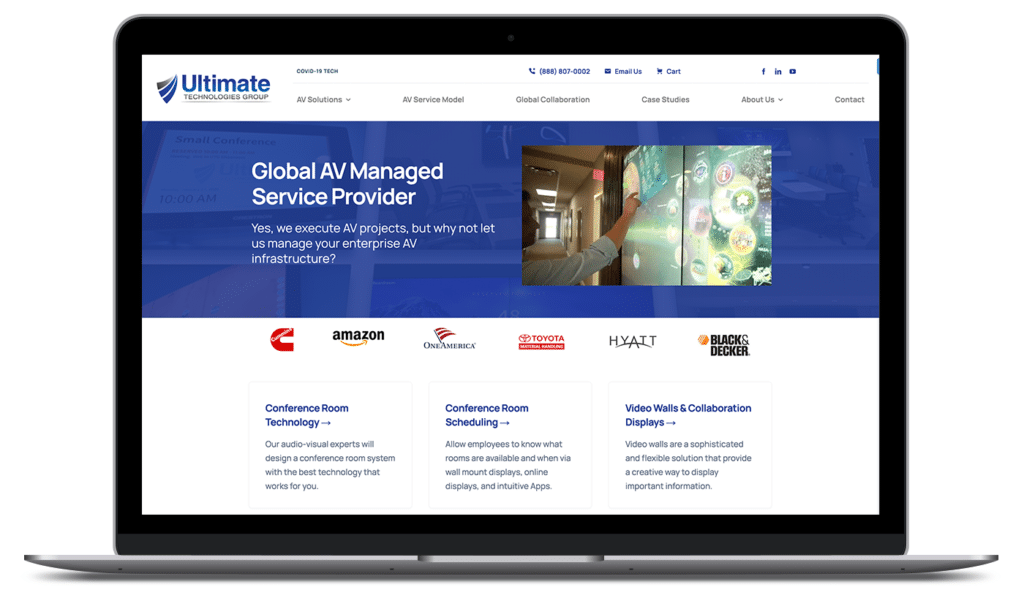
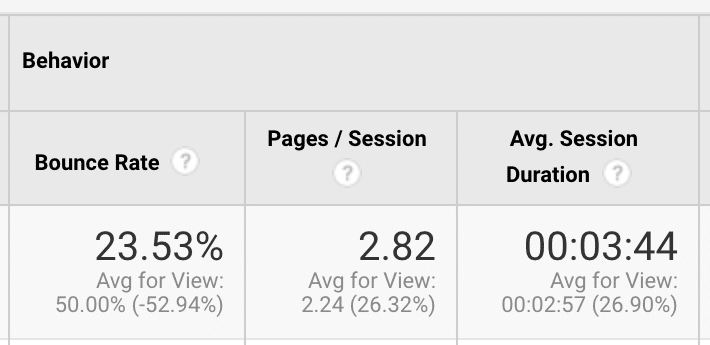
While our website re-design and ongoing SEO efforts improved metrics across the board, the one metric that barely made a move was bounce rate.
If you aren’t familiar with the term bounce rate, this is the percentage of people that visit your website, view a single page and then leave without taking any further action.
You want this percentage to be as low as possible. Benchmark for organic traffic is around 40-45%.
Our website redesign (version 1) reduced bounce rate from about 74% to around 69%. Small improvement, but still too high.
So we watched the data, understood how users were interacting with the website, measured where we were losing them, and went back to the drawing board.
In version 2, we did the following:
- Added moving graphics. Instead of static images, video backgrounds and videos that required hitting a play button, we created impressive short, high-speed video clips highlighting each service. You can see an example of this here or another one here
- We moved value props such as customer logos higher on the page
- We saw people were not interacting with video case studies so replaced them with text-based testimonials
- We increased the calls-to-action to give users more opportunity and encourage them to take action
- We improve page load speeds so that things happened faster
And what happened?
A dramatic 66% improvement in bounce rate (down to an impressive 23.5%) and an increased time on site by 227% (up to 3 minutes, 44 seconds).

This is important because not only does an improved bounce rate and improved time on site lead to a higher level of conversions from the same amount of traffic, these metrics also directly impact SEO and will increase our rankings even faster and more impactful than before.
Long story short – never stop watching the data and never stop improving.
We always redesign with best practices and things that we think will work. But every audience is different.
When you stop following what you think works and start following what the data proves works, you’ll see incredible improvements in your website engagement, search engine rankings, and ultimately your bottom line.
Think we’re done here now that these metrics are this impressive?
No way.


